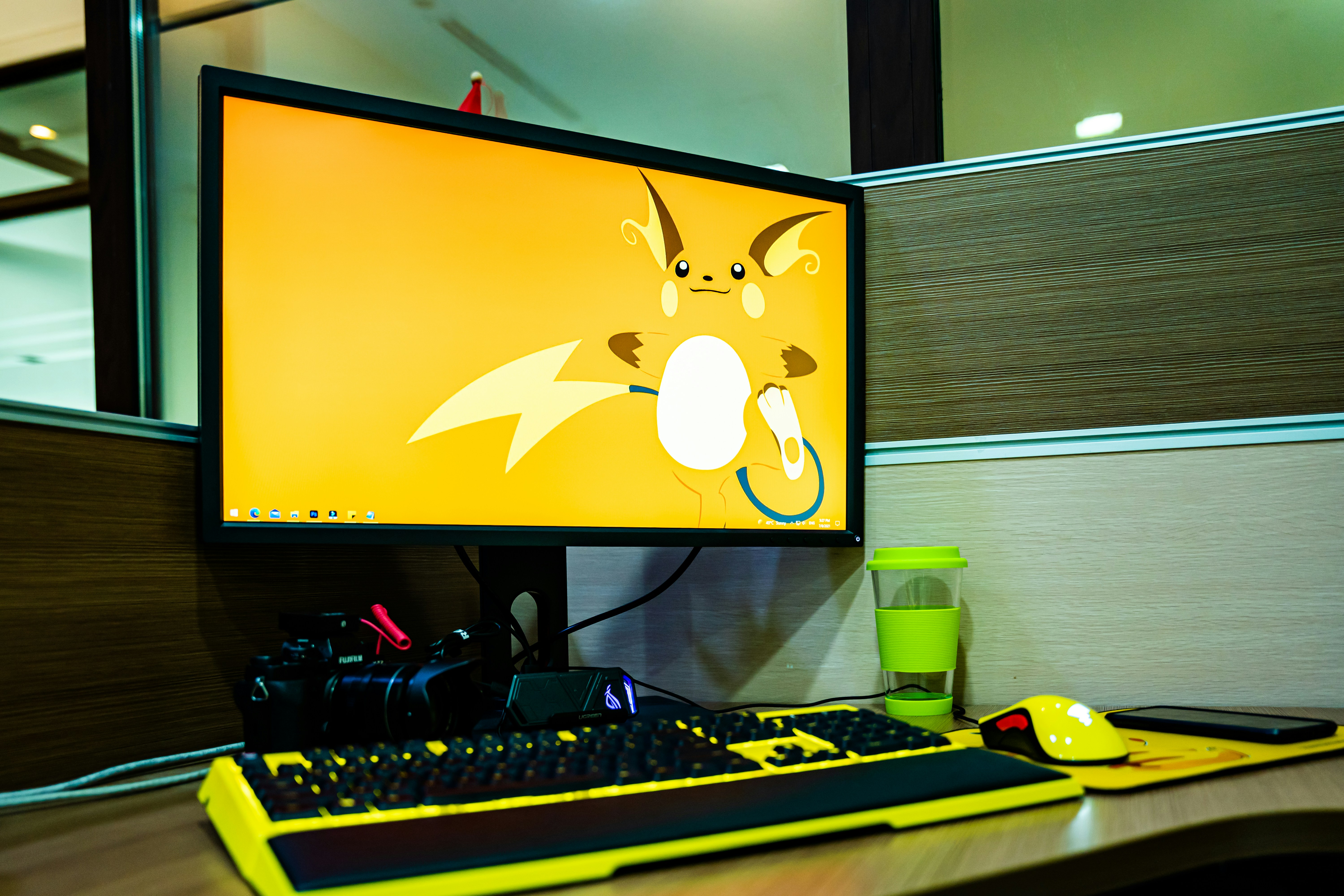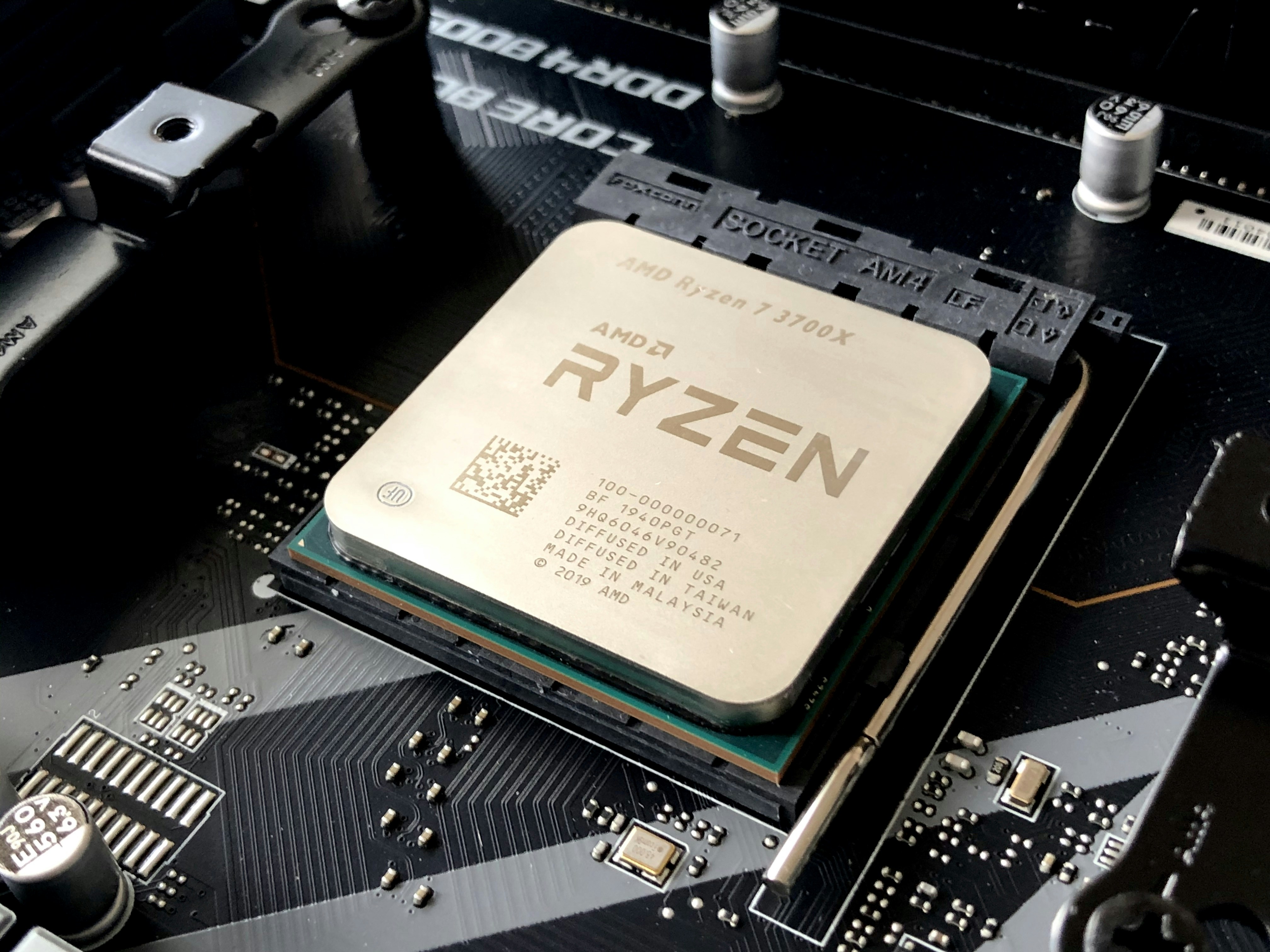Overview of PC Software Management
Managing the software on your PC is crucial for a smooth and efficient computer experience. This includes uninstalling unnecessary programs and getting rid of bloatware – the unwanted pre-installed software that can slow down your computer. In this article, we will discuss the basics of PC software management and provide you with useful tips on how to handle it effectively.
Understanding PC Software
Before diving into software management, it is important to understand what PC software actually is. PC software refers to the programs and applications installed on your computer that enable you to perform various tasks, such as web browsing, document editing, and multimedia playback.
Importance of Managing PC Software
Managing your PC software is vital for several reasons. Firstly, it helps you declutter your computer by removing unnecessary programs that take up valuable storage space. Secondly, it optimizes your computer’s performance by getting rid of bloatware that may run in the background, consuming system resources.
By effectively managing your PC software, you can ensure that your computer operates smoothly, maximizes its performance, and avoids potential security risks. In the following sections, we will guide you through the process of uninstalling programs and removing bloatware, providing you with practical tips and step-by-step instructions to help you streamline your PC software.
This image is property of images.unsplash.com.
## Uninstalling Programs
Uninstalling unnecessary programs from your PC is essential to free up storage space, optimize system performance, and eliminate clutter. In this section, we will explore the reasons behind uninstalling programs and guide you through the steps to remove them effectively.
Reasons to Uninstall Programs
There are several reasons why you might want to uninstall programs from your computer. Firstly, some applications may no longer serve a purpose or have become outdated, taking up valuable storage space. Secondly, certain programs may have compatibility issues with your operating system or other software, causing system errors and slowdowns. Lastly, bloatware or pre-installed software that came with your PC may be taking up unnecessary resources, negatively impacting performance.
Steps to Uninstall Programs
To uninstall programs, you can follow these simple steps:
- Open the Control Panel on your computer.
- Click on “Programs” or “Programs and Features.”
- Locate the program you want to uninstall from the list.
- Select the program and click on the “Uninstall” option.
- Follow the prompts and instructions provided by the uninstaller.
- Once the program has been uninstalled, restart your computer to complete the process.
Managing your PC software, uninstalling unwanted programs, and removing bloatware can greatly enhance your computer’s performance and overall user experience. By taking the time to declutter your system, you can ensure that it remains efficient and optimized for your needs.
How to Manage PC Software, Uninstall Programs, and Get Rid of Bloatware?
Managing your PC software effectively is important to ensure smooth operations and prevent unnecessary clutter. Uninstalling programs and removing bloatware can greatly improve your computer’s performance and free up valuable storage space. In this article, we will guide you on how to manage your PC software and get rid of bloatware hassle-free.
3. Types of Bloatware
3.1 Definition of Bloatware
Bloatware refers to preinstalled software or applications that come bundled with your PC or device. These are often trial versions of programs or unnecessary apps that can slow down your system and consume valuable resources. Bloatware may also include promotional software or toolbars that clutter your desktop or browser.
3.2 Common Types of Bloatware
Common types of bloatware include trial versions of antivirus software, productivity suites, or media players. OEM (Original Equipment Manufacturer) software, manufacturer-specific utilities, and third-party applications like browser toolbars or trial versions of games are also frequently found as bloatware. It is essential to identify and remove these unnecessary programs to optimize your PC’s performance.
By understanding the different types of bloatware and knowing how to remove them, you can declutter your PC, enhance its speed, and enjoy a smoother computing experience. Let’s delve into specific strategies for managing software and eliminating bloatware in the following sections.
Consequences of Bloatware
4.1 Impact on PC Performance
Bloatware, which refers to pre-installed software on your computer that you may not use or need, can have several negative consequences. One major impact of bloatware is the significant slowing down of your PC’s performance. These unnecessary programs take up valuable disk space, consume system resources, and can cause your computer to run slower than it should.
Not only that, but bloatware can also result in system crashes and freezes. Because these programs often run in the background without your knowledge, they can overload your computer’s memory and lead to instability issues.
4.2 Privacy and Security Risks
Another consequence of bloatware is the potential privacy and security risks it poses. Many pre-installed programs come with additional features, such as tracking, data collection, and even remote access capabilities. This can compromise your private information and expose you to potential security breaches.
Moreover, bloatware can make your computer more vulnerable to malware attacks. Outdated or unused software can become a loophole for cybercriminals to exploit, increasing the risk of malware infections and unauthorized access to your personal data.
To ensure optimal performance and safeguard your privacy and security, it’s crucial to take proactive steps to manage PC software, uninstall unnecessary programs, and eliminate bloatware.
This image is property of images.unsplash.com.
## Identifying Bloatware
Bloatware can seriously slow down your PC and take up valuable storage space. It’s important to learn how to identify and remove it to optimize your computer’s performance. There are two types of bloatware: pre-installed and third-party.
Pre-installed Bloatware
Pre-installed bloatware refers to the unnecessary software that comes pre-loaded on your PC. These programs are often trial versions or promotional offers, and they can slow down boot times and consume system resources. To identify pre-installed bloatware, go to your Control Panel or settings menu and look for a list of installed programs. Find the programs that came with your PC and determine if you use them regularly. If not, you can safely uninstall them to free up space and improve performance.
Third-party Bloatware
Third-party bloatware, on the other hand, refers to unnecessary programs that are installed alongside software you intentionally download. They usually come bundled with free software and can be deceptive, leading to a cluttered system. To identify third-party bloatware, carefully read the installation prompts when downloading software. Uncheck any additional programs you don’t need or want. Additionally, regularly review your installed programs and remove any unfamiliar or unused applications.
By identifying and removing bloatware, you can keep your PC running smoothly and efficiently. Enjoy a clutter-free computer and maximize its performance!
This image is property of images.unsplash.com.
## Removing Bloatware
Bloatware, also known as pre-installed software, can clutter your PC and slow down its performance. Removing bloatware not only frees up storage space but also helps optimize your system for better efficiency. In this section, we will explore two methods for getting rid of bloatware: manual removal and using software uninstaller tools.
Manual Removal Methods
Manually removing bloatware allows you to have more control over the process. Start by accessing the list of installed programs on your PC. Go to the Control Panel and click on “Programs and Features” or “Add or Remove Programs” depending on your Windows version. Locate the bloatware you want to remove and click on “Uninstall.” Follow the prompts to complete the removal process. Keep in mind that some bloatware might be essential for certain system functionalities, so exercise caution before uninstalling.
Using Software Uninstaller Tools
If the manual removal process seems overwhelming or time-consuming, software uninstaller tools can simplify the task for you. These tools are specifically designed to identify and uninstall unwanted programs swiftly. Some popular examples include Revo Uninstaller, IObit Uninstaller, and CCleaner. These tools often come with additional features such as batch uninstallation, removal of leftovers, and system optimization options.
With these methods at your disposal, you can efficiently manage your PC software, uninstall unwanted programs, and eliminate bloatware that hampers your computer’s performance. By taking control of your software inventory, you ensure that your PC operates smoothly and efficiently.
Alternative Approaches
If you’re looking to manage your PC software effectively, uninstall unnecessary programs, and eliminate annoying bloatware, there are a few alternative approaches you can consider. These methods will help you optimize your computer’s performance and reclaim valuable storage space, ensuring a smoother user experience.
Disabling Bloatware
Bloatware, pre-installed software that often comes with new PCs, can take up valuable system resources and slow down your computer. Fortunately, you can disable these unwanted programs to free up space and improve performance. To do this, navigate to the Control Panel and locate the Programs and Features option. From there, you’ll be able to view and uninstall any unnecessary software or apps that came preloaded on your PC.
System Restore Points
System restore points offer a useful way to revert your PC back to a previous state, effectively undoing any changes made since that point. This can be particularly helpful if you’ve recently installed software that is causing issues. To create a system restore point, search for “Create a restore point” in the Windows search bar and follow the prompts. If you encounter any problems later, you can simply restore your PC to the saved point, undoing any potential disruptions.
By utilizing these alternative approaches, you can manage your PC software efficiently, uninstall unnecessary programs, and effectively eradicate bloatware. Take control of your computer’s performance and enjoy a more streamlined and reliable experience.
Best Practices for Software Management
Managing PC software, uninstalling unnecessary programs, and getting rid of bloatware are essential for keeping your computer running smoothly. By following these best practices, you can optimize your PC’s performance and ensure that it’s free from unnecessary clutter.
Regular Software Audits
Performing regular software audits is crucial in maintaining an organized and efficient system. Take the time to review all the installed programs on your PC and identify any that you no longer use or need. Uninstalling these programs will free up storage space and improve overall system performance.
Keeping Software Updated
Another important aspect of software management is ensuring that your programs are always up to date. Software updates often contain bug fixes, security patches, and new features that can enhance your experience and protect your system from vulnerabilities. Set up automatic updates whenever possible, or regularly check for updates and install them promptly.
By incorporating these best practices into your software management routine, you can optimize your PC’s performance and maintain a clutter-free system. Regular software audits and staying on top of updates will help ensure that your computer runs smoothly and efficiently.
Tools and Utilities
Managing PC software, uninstalling programs, and getting rid of bloatware can be a daunting task, but with the right tools and utilities, it becomes much easier. In this section, we will explore some essential tools that can help you optimize your PC’s performance and efficiently manage your software.
PC Optimization Tools
PC optimization tools are designed to improve the speed and overall performance of your computer. They can help you identify and remove unnecessary files, clean up your registry, and optimize your system settings. One popular PC optimization tool is CCleaner, which can help you free up disk space and remove unwanted files.
App Managers and Installers
App managers and installers simplify the process of installing and uninstalling software on your PC. These tools provide a centralized platform where you can view and manage all the applications installed on your computer. They also allow you to uninstall programs easily and ensure that no residual files are left behind. Some popular app managers and installers include Revo Uninstaller and IObit Uninstaller.
By utilizing these tools and utilities, you can effectively manage your PC software, uninstall unnecessary programs, and eliminate bloatware that may be slowing down your computer. Streamline your PC management process with these helpful resources.
Conclusion
Congratulations! You’ve learned some valuable techniques for managing your PC software, uninstalling programs, and getting rid of bloatware. Let’s recap what we covered in this article:
Understanding Bloatware
We discussed what bloatware is and how it can slow down your computer’s performance. Recognizing the signs of bloatware is essential for keeping your PC running smoothly.
You learned how to uninstall programs using the Control Panel or specialized uninstaller tools. It’s important to remove any unused or unwanted programs to free up disk space and improve system performance.
We explored various methods for removing bloatware, including using built-in Windows tools, third-party software, and manual removal. Taking the time to eliminate bloatware can significantly enhance your PC’s speed and efficiency.
Regular Maintenance
Lastly, we stressed the importance of regularly updating and maintaining your software. Keeping your programs up to date will ensure you have the latest security patches and bug fixes.
By following these steps and practicing good software management habits, you can optimize your PC’s performance and keep it running smoothly for years to come. Remember to stay vigilant and manage your software regularly to keep your computer running at its best. Happy computing!



